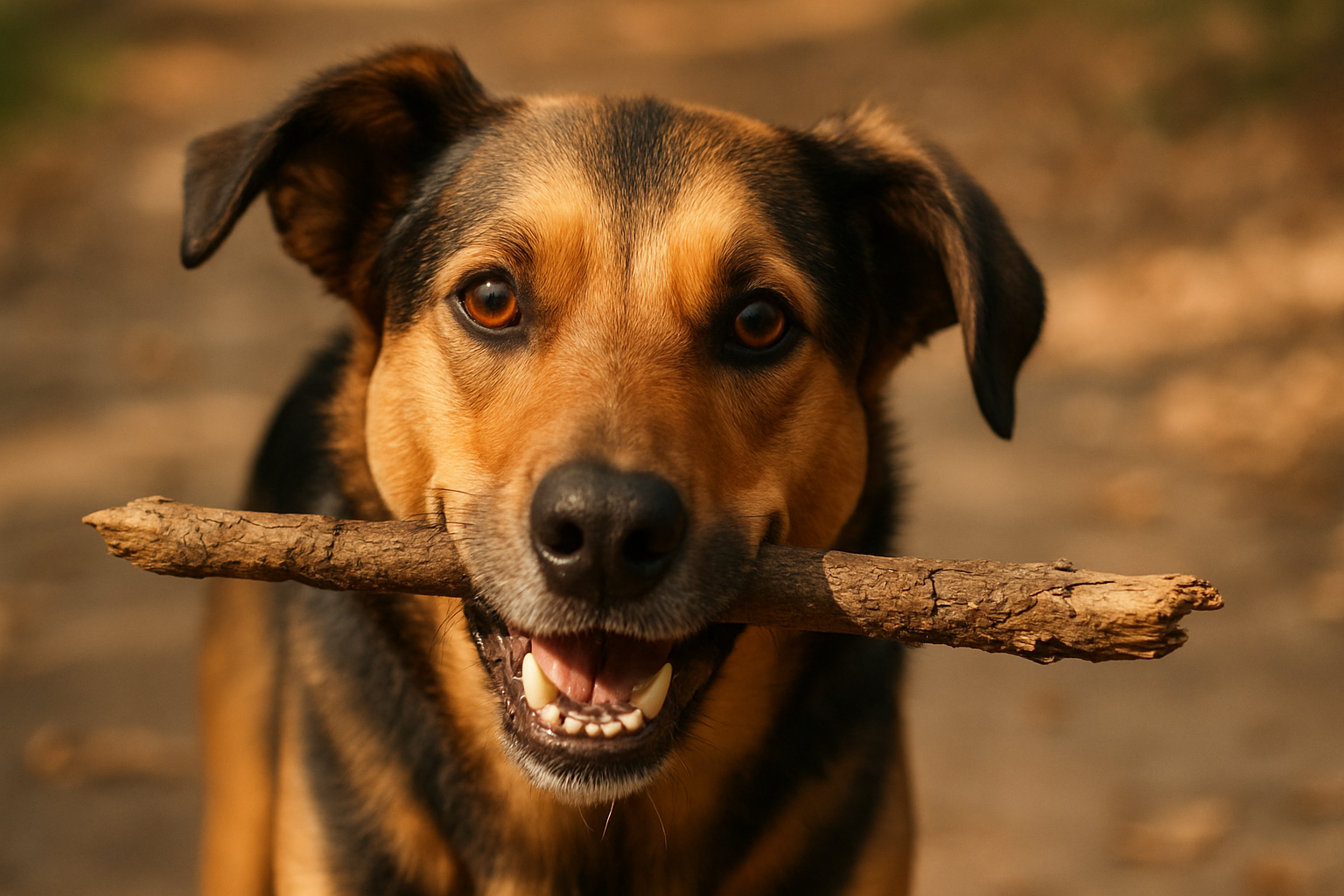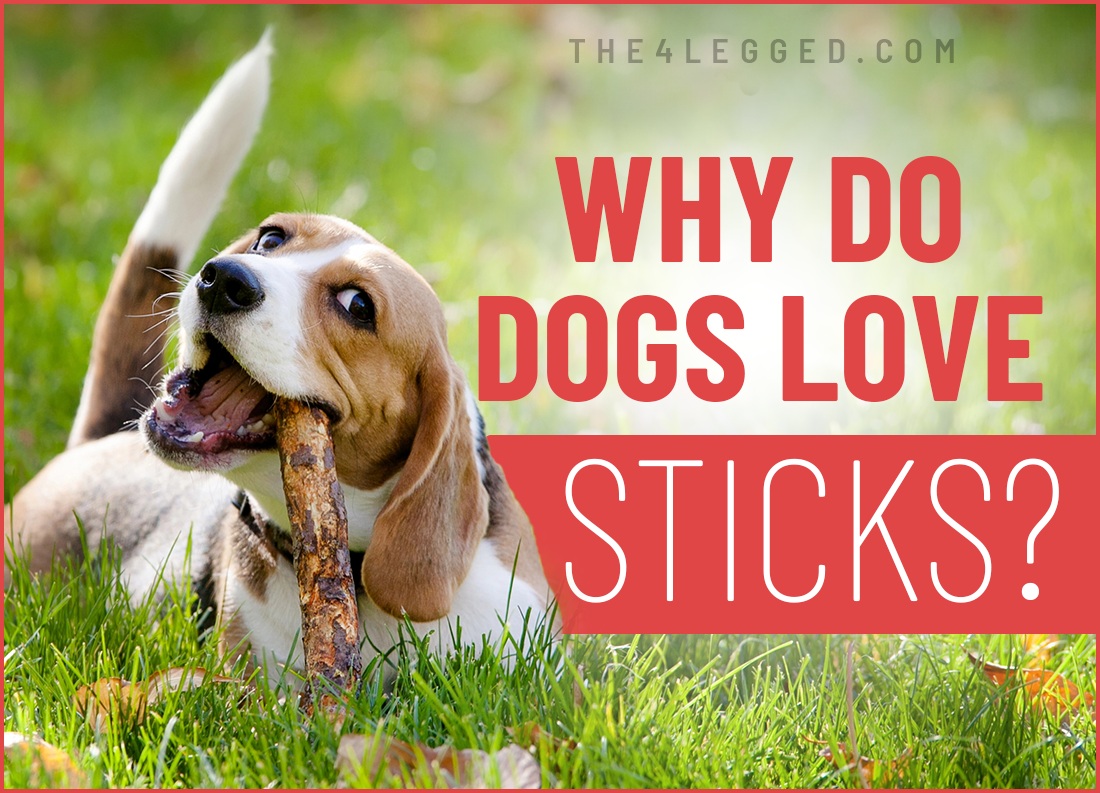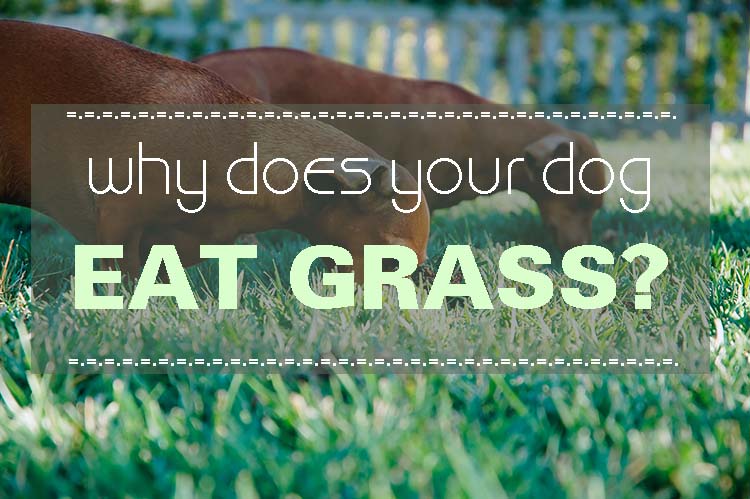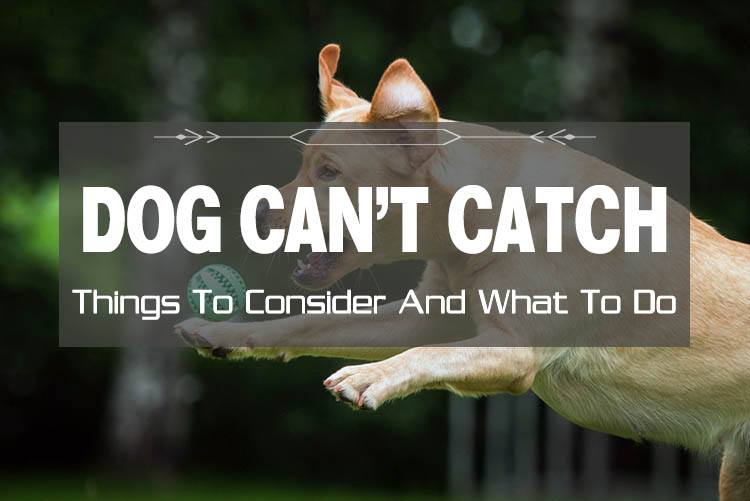Why do dogs love sticks so much? Whether they’re proudly trotting around with a branch in their mouth or gnawing away in the backyard, many dogs seem obsessed with sticks. This quirky behavior is more than just play—it’s rooted in instinct, sensory stimulation, and natural chewing needs.
In this article, we’ll explore the real reasons why dogs love sticks, the potential dangers involved, and how you can offer safer, satisfying alternatives. Understanding this behavior will help you keep your pup happy, healthy, and out of harm’s way during their next outdoor adventure.

Key Takeaways
- Dogs love sticks due to their natural instincts, providing mental stimulation and satisfying their urge to chew.
- While sticks are a fun play option, they pose hazards like choking, mouth injuries, and digestive issues, so caution is essential.
- Safe alternatives like durable chew toys, bully sticks, and proper training can keep your dog entertained without the risks associated with real sticks.
The Appeal of Sticks
Dogs carry sticks not just for fun; it taps into their natural instincts and provides mental stimulation. The texture, scent, and act of chewing are immensely satisfying for them.
From their prey drive to the intriguing scents sticks emit, dogs are drawn to these simple pieces of wood for various reasons.
Natural Instinct
Dogs’ fascination with sticks is deeply rooted in their instincts, tracing back to their wolf ancestry where carrying and fetching sticks mimic the hunt and retrieval of prey, often involving a paw. My dog likes sticks.
Many dogs, especially retrievers, exhibit an innate behavior to fetch sticks, showcasing their instincts and playfulness with their small dogs pup.
Texture and Chewing
The texture of sticks offers a variety of sensory experiences for dogs. Whether it’s slimy, brittle, rough, or spongy, each stick provides a different chewing sensation. Chewing sticks can soothe sore gums, especially in teething puppies, and promote dental health by reducing plaque build-up.
Scent and Smell
Sticks carry unique scents that pique dogs’ curiosity and stimulate their sense of smell. These odors, from earthy aromas to scents left by other animals, capture a dog’s interest and provide mental enrichment.
This olfactory stimulation is a big part of why dogs find sticks so irresistible.
Why Do Dogs Carry Sticks?
Dogs carry sticks for various reasons, from natural foraging behavior to social interaction. This behavior taps into their evolutionary traits and instincts.
These instincts and social cues play a significant role in this behavior.
Retrieving Instincts
Many dogs, especially retrievers, have a natural instinct to fetch sticks. This behavior reflects the retrieving instincts they were bred for and the various breeds that exhibit this trait, appealing to dog owners.
Playing fetch with sticks satisfies this innate drive, providing an outlet for their energy and playfulness during a park walk with a toy made of rocks.
Social Interaction
Carrying sticks can be a social activity for dogs. When a dog brings a stick to its owner, it’s often a sign of affection and a request to engage in play. This behavior reinforces their bond with humans and offers opportunities for social interaction with other dogs during playtime.
Potential Hazards of Chewing Sticks
While dogs love sticks, chewing them can pose several risks. From choking hazards to digestive issues and mouth injuries, it’s important to be aware of these dangers to keep your furry friend safe.
Potential hazards are associated with chewing sticks.
Choking Hazards
Chewing sticks can create choking hazards. Splinters and large pieces can become lodged in a dog’s mouth or dog’s throat, causing severe choking or injury.
These choking risks are a significant reason why sticks can be dangerous for dogs.
Digestive Issues
If a dog eat sticks, it can lead to serious health issues such as intestinal blockage or damage to the dog’s digestive tract, causing severe discomfort and potentially requiring veterinary intervention. If the dog is stuck eating sticks, it can exacerbate these issues.
Monitoring your dog’s behavior and consulting a vet if they’ve ingested stick fragments is crucial.
Mouth Injuries
Chewing sticks can lead to mouth injuries, including cuts or lacerations from sharp splinters, which can also pose a choking hazard and may require medical attention to prevent infections or other complications.
Safe Alternatives to Sticks
Offering safe alternatives to sticks keeps your dog safe. From durable chew toys to bully sticks and vet-approved bones, many options provide the same satisfaction without the risks of real sticks.
Here are some of these deal alternatives.
Durable Chew Toys
Durable chew toys are designed to withstand aggressive chewing, providing a safe outlet for your dog’s natural chewing instincts. Made from tough materials, these toys are ideal for power chewers and can help prevent dental issues while offering hours of entertainment.
Bully Sticks
Bully sticks are a great alternative that dogs love. High in protein, easily digestible, and promoting dental health, they satisfy a dog’s urge to chew.
They provide a palatable and safe chewing option compared to traditional sticks.
Vet-Approved Bones
Vet-approved bones are another safe option. Specifically vetted for safety, they benefit dental health and provide an enriching chewing experience. These bones help keep your dog’s teeth clean and satisfy their natural chewing instincts.
Training Your Dog to Avoid Chewing Sticks
Training your dog to avoid chewing sticks involves consistent positive reinforcement. Teaching them to focus on safe alternatives reduces their tendency to chew on sticks and prevents health risks.
Here are some effective training methods.
Positive Reinforcement
Using positive reinforcement, such as treats and praise, effectively discourages dogs from chewing sticks. Rewarding them for choosing safe toys reinforces good behavior and motivates better choices.
“Leave It” Command
The “leave it” command is a powerful tool for training your dog to avoid sticks. Teaching them to back away from tempting objects and rewarding compliance helps them focus on safer alternatives. Consistently reinforcing this command with rewards can break their habit of chewing sticks.
Basket Muzzles
Basket muzzles can be a temporary solution to prevent dogs from picking up and chewing sticks during walks. These muzzles allow dogs to breathe and drink comfortably while preventing them from chewing harmful objects and keeping their mouths safe.
Is It Ever Safe for Dogs to Play with Sticks?
While playing with sticks can be risky, supervised play mitigates some dangers. Closely monitoring your dog and choosing safer sticks allows them to enjoy this natural behavior with reduced risks.
Here’s how to ensure safe stick play.
Supervised Play
Supervised play prevents accidents and choking hazards. Close observation during stick play allows immediate intervention if your dog engages in risky behavior, ensuring their safety while they enjoy their favorite activity.
Choosing the Right Stick
Selecting the right stick prevents injuries and choking. Avoid sticks that splinter or break into smaller pieces, as these pose significant risks.
Opting for larger, sturdier sticks reduces these hazards and keeps your dog safe during play with a large stick.
Summary
Dogs love sticks because it taps into their natural instincts, satisfies their need to chew, and provides sensory stimulation. While this behavior is fun and often harmless, it can pose risks like choking, digestive issues, and mouth injuries if not monitored properly.
By offering safe alternatives like chew toys or bully sticks and using positive training techniques, you can redirect your dog’s stick obsession in a healthy way. Supervised play and choosing appropriate sticks when outdoors also help reduce hazards.
Want more tips on understanding your dog’s behavior and keeping them safe and happy? Explore our dog care and behavior insights—and check out some of the strange behaviors dogs exhibit to better understand what drives their quirks.
Frequently Asked Questions
Why do dogs love chewing sticks?
Dogs love chewing sticks because it satisfies their natural instincts and provides an enjoyable texture and scent. It’s a fun and stimulating activity for them!
What are the risks of letting my dog chew on sticks?
Letting your dog chew on sticks can lead to choking hazards, digestive problems, and mouth injuries from splinters. It’s safer to provide them with specially designed chew toys instead.
What are some safe alternatives to sticks for my dog?
Durable chew toys, bully sticks, and vet-approved bones are great safe alternatives to sticks for your dog. They offer similar chewing satisfaction while keeping your furry friend safe.
How can I train my dog to avoid chewing sticks?
To train your dog to avoid chewing sticks, use positive reinforcement alongside the “leave it” command. This way, you can guide your pup to focus on more appropriate toys instead.
Is it ever safe for my dog to play with real sticks?
Yes, it’s safe for your dog to play with real sticks as long as you supervise them and choose sticks that aren’t too small or splintered to reduce risks. Just keep an eye on their play to ensure they stay safe and have fun!




